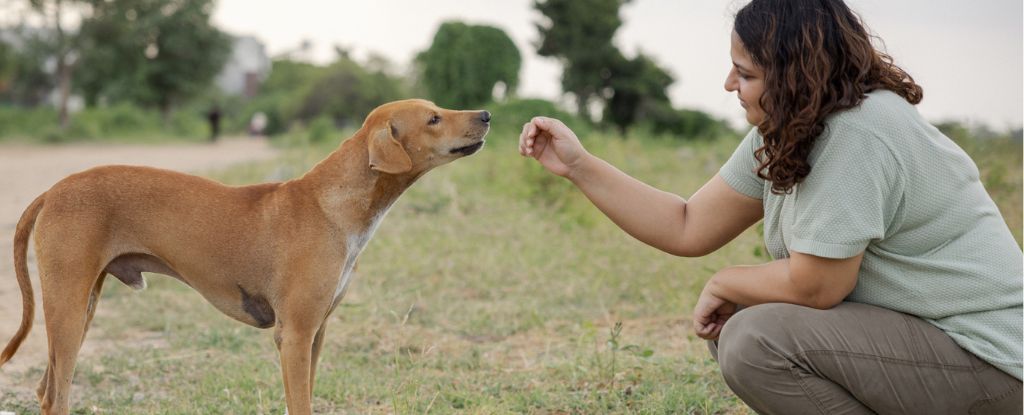The Remarkable Ability of Dogs to Detect Parkinson’s Disease
Dogs have long been known for their exceptional sense of smell, but recent research has revealed that they may be able to detect a specific disease—Parkinson’s—through scent. This groundbreaking discovery comes from a study conducted in the United Kingdom and highlights the potential of using dogs as early diagnostic tools.
In a double-blind trial, two trained dogs—a Golden Retriever and a Labrador—were able to identify skin swabs from individuals with Parkinson’s disease. The results were impressive, with the dogs showing high sensitivity and specificity. According to Nicola Rooney, an animal behavioral scientist at the University of Bristol, the findings suggest that there is a unique olfactory signature associated with Parkinson’s disease.
The sensitivity levels achieved by the dogs—70 percent and 80 percent—were well above what would be expected by chance. This indicates that dogs could potentially play a role in developing a fast, non-invasive, and cost-effective method for diagnosing Parkinson’s disease.
A Unique Olfactory Signature
The idea that Parkinson’s disease alters a person’s body odor was first discovered over a decade ago, thanks to a remarkable individual. Joy Milne, a Scottish nurse, noticed something unusual about her husband’s scent years before he was diagnosed with Parkinson’s. Known as a “super-smeller,” Milne was able to detect the disease through smell alone.
Her ability led to a pilot study where she correctly identified all patients with Parkinson’s based on the scent of their shirts. One time, she made a mistake, but it turned out to be correct nearly a year later. This discovery sparked interest among scientists, leading to questions about whether dogs could also detect the disease.
Dogs’ Extraordinary Sense of Smell
Dogs are renowned for their powerful sense of smell, far surpassing that of humans. Research has shown that they can detect stress, certain infections like coronavirus, and even some types of cancer. If a distinct odor exists for Parkinson’s, then it’s possible that dogs could be trained to recognize it.
Over the past decade, several preliminary studies have explored this possibility. However, many of these studies lacked detailed information on how the dogs were trained and tested. The recent UK trial, a collaboration between Medical Detection Dogs and neuroscientists at the University of Manchester, aimed to address these gaps.
Identifying the Odor Compounds
In 2019, researchers at the University of Manchester helped identify the specific odor compounds that distinguish the scent of Parkinson’s disease. Their findings were later confirmed by Joy Milne, who played a crucial role in validating the research.
Using these odor compounds, scientists have developed a diagnostic swab test for Parkinson’s, which is currently being tested. In the future, trained dogs could assist researchers in identifying more unique biomarkers for the disease.
Challenges in Training
Despite the promising results, not all dogs are equally capable. In the current trial, only two out of ten dogs successfully completed the training. While neither dog performed perfectly, both showed a significant ability to detect Parkinson’s disease.
One dog incorrectly flagged a tenth of the swabs from healthy individuals, while the other had false alarms less than 2 percent of the time. Overall, the dogs were able to identify Parkinson’s at a rate much higher than chance, demonstrating the feasibility of this approach.
The Future of Early Diagnosis
Claire Guest, CEO of Medical Detection Dogs, emphasized the importance of early diagnosis. “There is currently no early test for Parkinson’s disease, and symptoms may start up to 20 years before they become visible and persistent,” she said. “Timely diagnosis is key.”
The study, published in the Journal of Parkinson’s Disease, represents a significant step forward in the search for non-invasive diagnostic methods. As research continues, the potential use of dogs in detecting diseases like Parkinson’s offers a promising new direction in medical science.






